When it comes to selecting coffee beans, understanding the different types and their characteristics is essential. The allure of coffee can vary significantly based on the beans you choose. Additionally, factors like the degree of roasting and brewing methods will influence the flavor, making the quest for your perfect cup of coffee an enjoyable journey.
In this article, we’ll start with a brief history of coffee, then dive into how to choose the right beans, explore roasting techniques, and discuss brewing methods and storage tips. Whether you’re a beginner or a seasoned coffee lover, let’s embark on a deeper exploration of the world of coffee together.
- Understand the history and cultural significance of coffee
- Key points for selecting your ideal coffee beans
- Enjoying the flavors that change with roasting and brewing methods
Chapter 1: The History and Cultural Background of Coffee
To truly appreciate the allure of coffee beans, it’s essential to understand their history and cultural context. Coffee’s origins date back to ancient times, with some claiming it began in Ethiopia. From there, it spread through the Arabian Peninsula and into Europe, eventually reaching every corner of the globe. Different countries developed their own unique ways of enjoying coffee, leading to the diverse experiences we have today. In this chapter, we’ll delve into the historical evolution of coffee and explore its significance in various cultures around the world.
The Origins and Evolution of Coffee
The discovery of coffee is often attributed to an Ethiopian shepherd who stumbled upon the coffee berries. After eating them, he felt a surge of energy, sparking the initial fascination with coffee. Soon after, roasting techniques developed on the Arabian Peninsula, solidifying coffee as a beverage. By the 18th century, coffee made its way to Europe, giving rise to the café culture we know today. As a result, coffee transformed from a simple drink into a vital social element, fostering connections among people.
Variations in Coffee Culture Around the World
Globally, coffee is enjoyed in a multitude of ways, reflecting the unique cultures of each country. For instance, in Italy, espresso reigns supreme, with a preference for its rich flavor enjoyed in a short amount of time. In contrast, Turkey boasts a tradition of Turkish coffee, made by brewing finely ground beans. Meanwhile, in the United States, drip coffee is the norm, favored for its lighter taste. These diverse styles and values enrich our understanding of coffee, enhancing our choices in bean selection and enjoyment.

If you found this article interesting, you might also enjoy our piece on “The Impact of Coffee Bean Thickness on Flavor.” It explores how different types of beans and roasting methods influence flavor, providing a deeper insight into the historical and cultural context of coffee.
- Coffee originated in Ethiopia and evolved on the Arabian Peninsula.
- Distinct coffee drinking customs and cultures exist in various countries.
- Coffee has grown to become an essential element in social gatherings.
Chapter 2: Choosing the Right Coffee Beans
When it comes to selecting coffee beans, the choices you make can significantly impact the flavor of your brew. Understanding the different types and characteristics of beans is key to finding the perfect match for your palate, which leads to a richer coffee experience. In this chapter, we’ll explore the unique features of various coffee beans and provide you with tips on how to find the one that suits you best.
Types of Beans and Their Characteristics
There are primarily two types of coffee beans: Arabica and Robusta. Arabica beans are known for their rich aroma and pleasant acidity, and they are generally considered to be of higher quality. They offer a wide range of flavor variations, allowing you to enjoy different tastes depending on the roasting level. On the other hand, Robusta beans are characterized by their strong bitterness and higher caffeine content. Their affordability makes them popular for instant coffee and blends.
Each type of bean has its own distinct characteristics, and the flavor can also change based on the roasting and brewing methods used. It’s crucial to choose a bean type that aligns with your personal preferences.
How to Find Your Favorite Beans
Finding the coffee beans that you love involves a few key steps. First and foremost, tasting various options to identify your preferred flavors and aromas is essential. Compare beans based on their origin, roast level, and blend composition to discover what suits your taste buds. Additionally, consulting with staff at specialty coffee shops can lead to delightful new discoveries.
Moreover, the way you brew coffee at home and the equipment you use can also affect the flavor, allowing you to experiment and enjoy creating your own unique cup. Through your daily coffee rituals, you’ll be well on your way to finding the beans that are just right for you.
- Coffee beans come in Arabica and Robusta varieties
- Flavor and aroma differ based on the type of bean
- Discover your favorite beans through tasting and consultations with experts
Chapter 3: The Art of Roasting and Its Importance
Once you’ve selected your coffee beans, the next crucial step is mastering the roasting technique. Roasting is an essential process that brings out the flavors of the beans, and the method you choose can significantly alter the final taste. By adjusting the roast level and technique, you can enhance aromas, acidity, and bitterness, highlighting the unique characteristics of each bean. In this chapter, we’ll delve into the basic roasting process and explore the flavor differences that come with varying roast levels.
The Basic Roasting Process
Roasting involves heating raw coffee beans to initiate chemical reactions. Initially, the beans are exposed to high temperatures, causing moisture to evaporate. As the process continues, aromatic compounds are created. This leads to the beans expanding and changing color. By fine-tuning the roasting time and temperature, various flavor components can be extracted, ultimately achieving your desired roast level.
The roasting process is incredibly delicate; even minor adjustments can drastically impact the taste, which requires a skilled touch. A roaster must be adept at identifying the optimal roasting conditions based on the type and origin of the beans.
Flavor Differences Based on Roast Level
Roast levels can range from light to dark. Light roasts are characterized by a pronounced acidity and fruity flavors, allowing you to appreciate the beans’ inherent qualities. Medium roasts strike a balance, harmonizing acidity and bitterness. Dark roasts, on the other hand, are known for their bold bitterness and robust, toasted flavors. As you can see, the roast level greatly influences the flavor profile, making it essential to choose one that aligns with your personal taste.
By understanding the art of roasting, you can expand your appreciation for coffee beans. Discovering your preferred roast level will enhance your coffee experience and provide greater satisfaction.

If you found this article interesting, you might also enjoy our piece on “How to Choose Coffee Beans and Explore the Impact of Quantity on Flavor.” It offers an in-depth look at selecting beans, roasting, and brewing methods, diving even deeper into the allure of coffee.
- Roasting is a crucial process for enhancing the flavor of the beans.
- The basic roasting process begins with moisture evaporation.
- Flavor changes, such as acidity and bitterness, occur based on the roast level.
Chapter 4: Coffee Brewing Methods and Storage Techniques
Once you’ve selected your coffee beans and grasped the roasting techniques, the next step is to explore brewing methods and storage techniques. The way you brew coffee can significantly influence its flavor, so finding a method that suits you is essential. Additionally, knowing how to store your beans to maintain their freshness can lead to an even more enjoyable coffee experience. In this chapter, we’ll dive into the various brewing methods, how to choose the right one, and some effective storage tips to keep your coffee beans fresh for longer.
Types of Brewing Methods and How to Choose
There are many styles of coffee brewing, each with its unique characteristics. Some of the most popular methods include drip coffee, French press, and espresso. Drip coffee is loved by many for its simplicity and ease. By adjusting the coffee-to-water ratio and the brewing time, you can control the flavor to your liking.
The French press, on the other hand, offers a rich taste with the oils from the coffee beans. By extending the brewing time, you can unlock deeper flavors. Espresso is made using pressure, resulting in a thick and creamy texture that many find irresistible. It’s important to choose a brewing method that aligns with your lifestyle and personal preferences.
Storage Techniques to Keep Your Coffee Fresh
Coffee beans rely heavily on freshness. By using clever storage techniques, you can extend their flavor. The first rule is to keep your beans in a cool, dry place away from direct sunlight. Using an airtight container can also help prevent exposure to air, which can lead to oxidation.
Storing coffee beans in the refrigerator is an option, but frequent temperature changes from taking them in and out can degrade their quality. A better approach is to portion out only what you need and freeze the rest. This way, you can always enjoy coffee that tastes fresh and vibrant.
- Brewing methods include drip coffee, French press, and espresso.
- It’s important to choose a brewing method that suits your taste.
- Store coffee beans away from direct sunlight in an airtight container for longevity.
Conclusion
In this article, we delved into the selection of coffee beans, roasting techniques, brewing methods, and storage tips. By exploring the history of coffee and its cultural significance across different countries, you’ve likely gained a deeper appreciation for the importance of choosing the right beans. We also covered how to find beans that suit your personal taste and the impact of selecting the right roast level and brewing method on your overall coffee experience.
Moreover, by adopting proper storage techniques, you can enjoy fresh coffee whenever you desire. With this knowledge in hand, we encourage you to explore and savor your very own ideal coffee experience.
- Understanding how to choose coffee beans and their characteristics is essential.
- Roasting techniques and brewing methods significantly influence flavor.
- Creative storage solutions can help maintain the freshness of your beans.
Finding the perfect coffee that resonates with you can bring a little happiness to your day. We hope you discover your favorite beans and enjoy wonderful coffee moments. We also welcome any comments or questions you may have about this article!


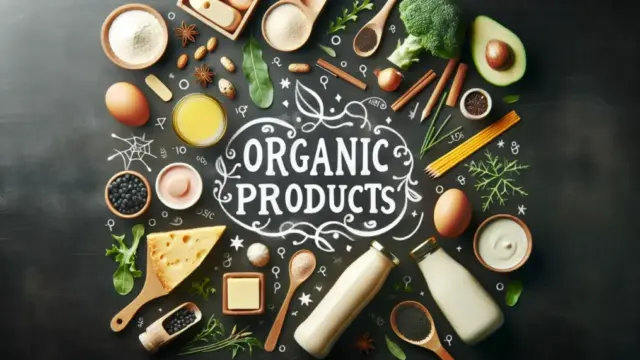
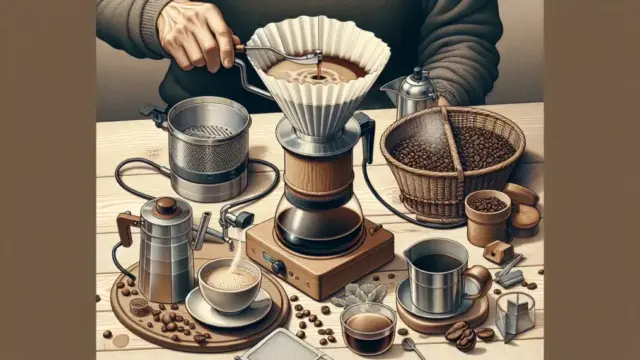




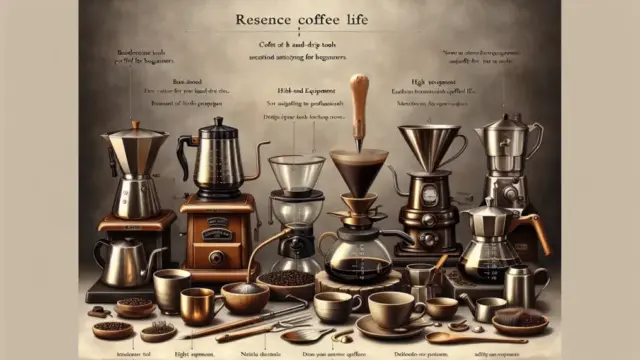



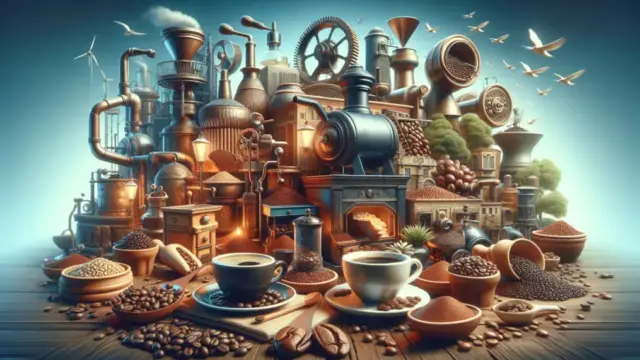










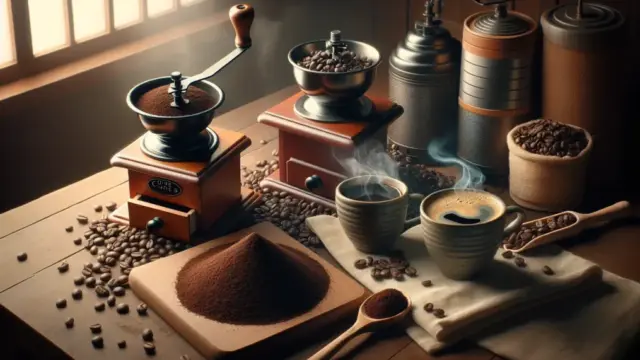



















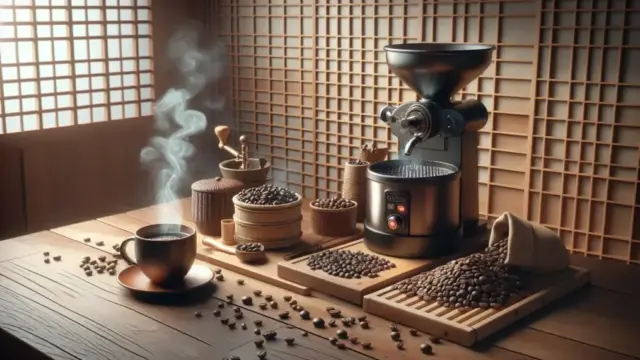


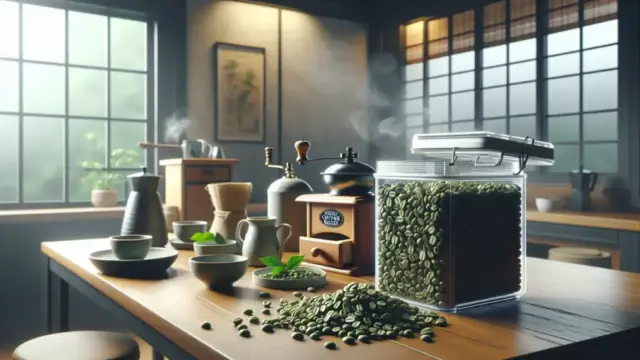





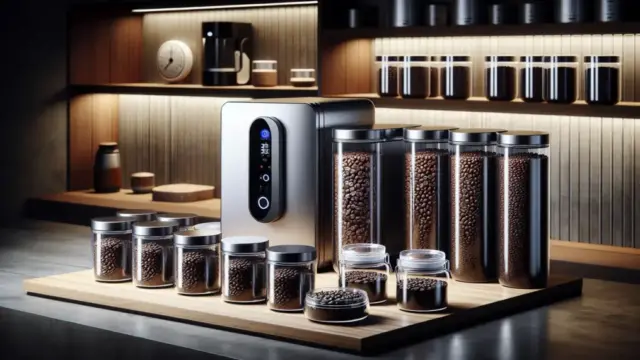

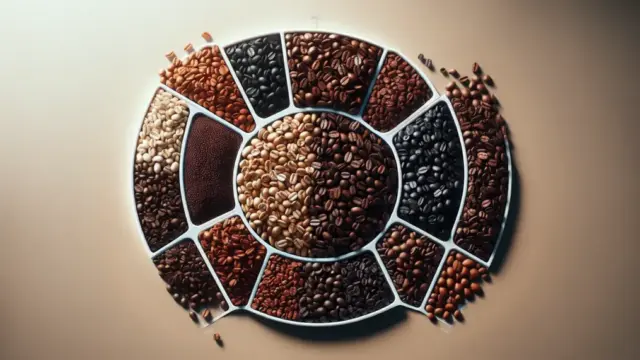
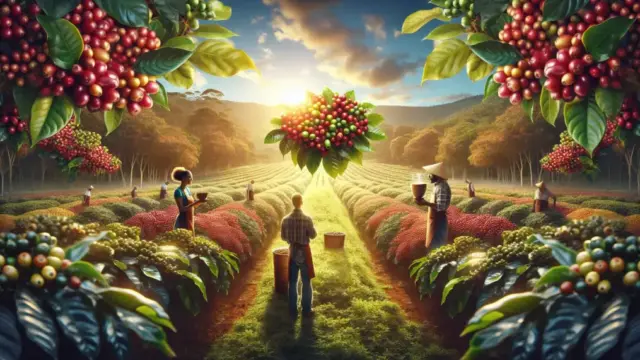






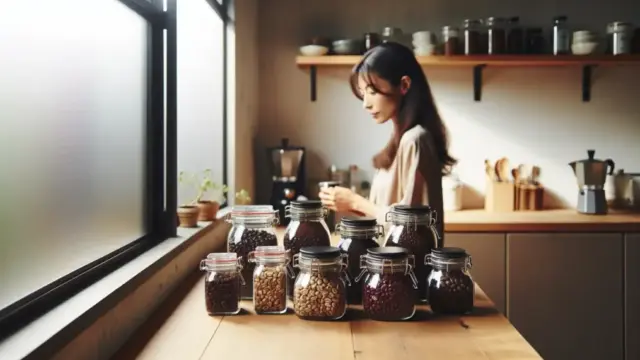
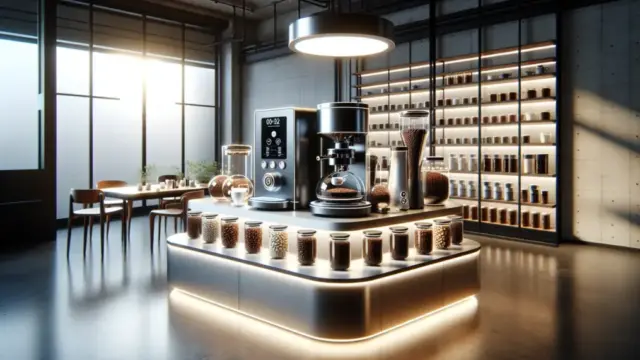

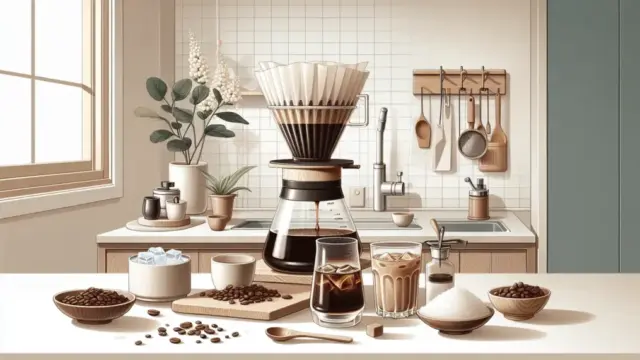









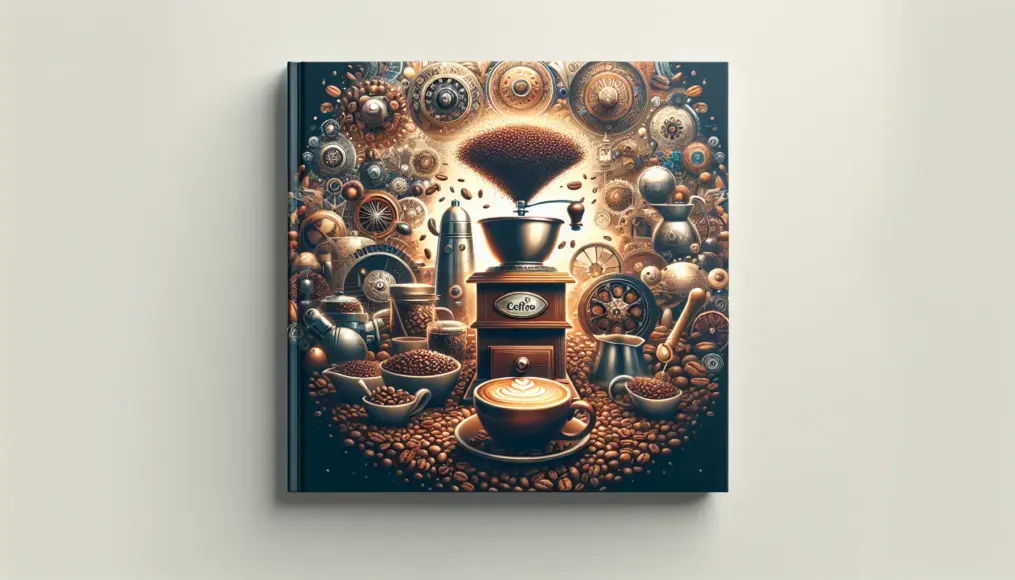

Comment